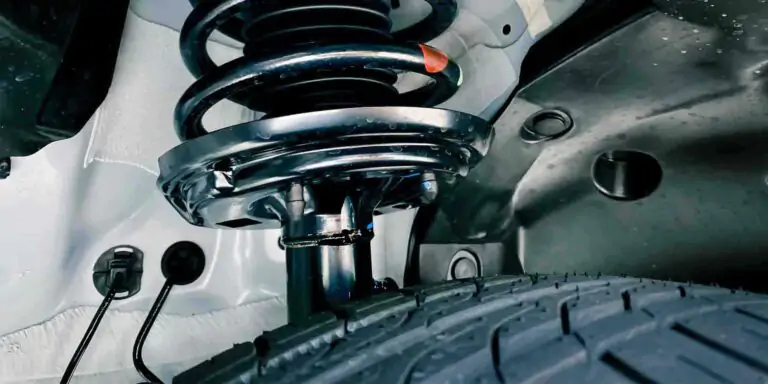Over time, our vehicles inevitably encounter problems. These issues often begin subtly, appearing minor and inexpensive to fix. However, if left unattended, these seemingly insignificant problems snowball into major, complex, costly repairs that threaten the vehicle’s health.
Therefore, implementing a preventive maintenance routine is crucial alongside good driving habits. This proactive approach prevents problems and keeps your vehicle in top condition, ultimately saving you money in the long run.
Within this preventive maintenance routine, it’s essential to consider the following aspects at the recommended intervals. This ensures that all vital components of your vehicle are functioning properly.
Table of Contents
ToggleWHAT TO REVIEW AND HOW OFTEN
Engine
- Oil and filter change. In most cases, it is recommended to change the oil and filter every 8,000 to 12,000 kilometers or every 6 months, whichever comes first. Still, it depends on the quality and type of oil and the manufacturer’s recommendations.

- Check belts and hoses. Perform a visual inspection every 15,000 miles or once a year. Pay attention to signs of wear, cracks, or damage to the belts and hoses.
- Inspection for oil or liquid leaks. Perform regular visual inspections by checking the oil level and other fluids, such as brake fluid, coolant, and power steering fluid.
- Checking the battery and charging system. During oil changes or regular inspections, you can check the battery and charging system.
Transmission
- Inspection of transmission fluid levels and quality. Check the level and quality of the transmission fluid as the manufacturer recommends. Inspection is usually performed every 24,000 to 48,000 kilometers.
- Transmission oil change (if applicable). We recommend changing the oil in vehicles with automatic transmissions every 48,000 to 96,000 kilometers. Manual transmissions generally require oil changes less frequently.
Braking system
- Inspection of brake pads and discs. It is recommended that they be inspected every 24,000 to 48,000 kilometers.

- Checking the level and quality of the brake fluid. Check the brake fluid level at least every oil change (every 8,000 to 12,000 kilometers). The brake fluid must be between the minimum and maximum levels in the reservoir.
- Check brake hoses and lines. Inspect brake hoses and lines at least once a year. Look for signs of wear, corrosion, cracks, or damage.
Suspension and steering
- Inspection of shock absorbers and struts. It is recommended that they be inspected every 80,000 to 96,000 kilometers.

- Verify steering components (ball joints, bushings, etc.). Inspect the steering components every 48,000 to 80,000 kilometers. Pay attention to any play or looseness in the ball joints and bushings and abnormal noises when turning the steering wheel.
Tires
- Tire pressure check. Regularly check the tire pressure at least once a month and before long trips.
- Tire tread and wear inspection. Inspect the tire tread every month.

- Tire rotation and balancing as needed. Rotating and balancing your tires every 9,600 to 12,800 kilometers is recommended.
Refrigeration system
- Coolant change and level. Coolant change intervals vary depending on the type of coolant and the manufacturer’s specifications. Therefore, changing it every 2 to 5 years or every 48,000 to 80,000 kilometers is recommended. Check the coolant level regularly and ensure it is within the recommended range.

- Check the hoses and radiator for leaks. Visually inspect the hoses and radiator every six months or 12,000 miles.
Lights and electrical
- Verification of exterior and interior lights. Visually check all exterior and interior lights every month.

- Inspection of horns, windshield wipers, and electrical systems.
- Inspect horns, windshield wipers, and other electrical systems every 6 months or 12,000 miles.
Air conditioning and heating
- In addition to the routine maintenance checks, it’s important to review the air conditioning and heating system every year or every 12,000 to 15,000 miles. This ensures that both systems are working properly, providing the desired airflow and temperature.

Fuel system
- Clean injectors if necessary. If you notice a decrease in engine performance, a loss of power, poor acceleration, or reduced fuel efficiency, cleaning the injectors may be necessary. Cleaning frequency may vary, but it is recommended every 30,000 to 60,000 miles.

- Inspection of fuel and air filters. Inspect the fuel and air filters every 19,000 to 24,000 kilometers.
Paying attention to each of these systems and keeping them in good condition will help prevent problems, keep the vehicle in good condition, and save money.
Leave a Reply